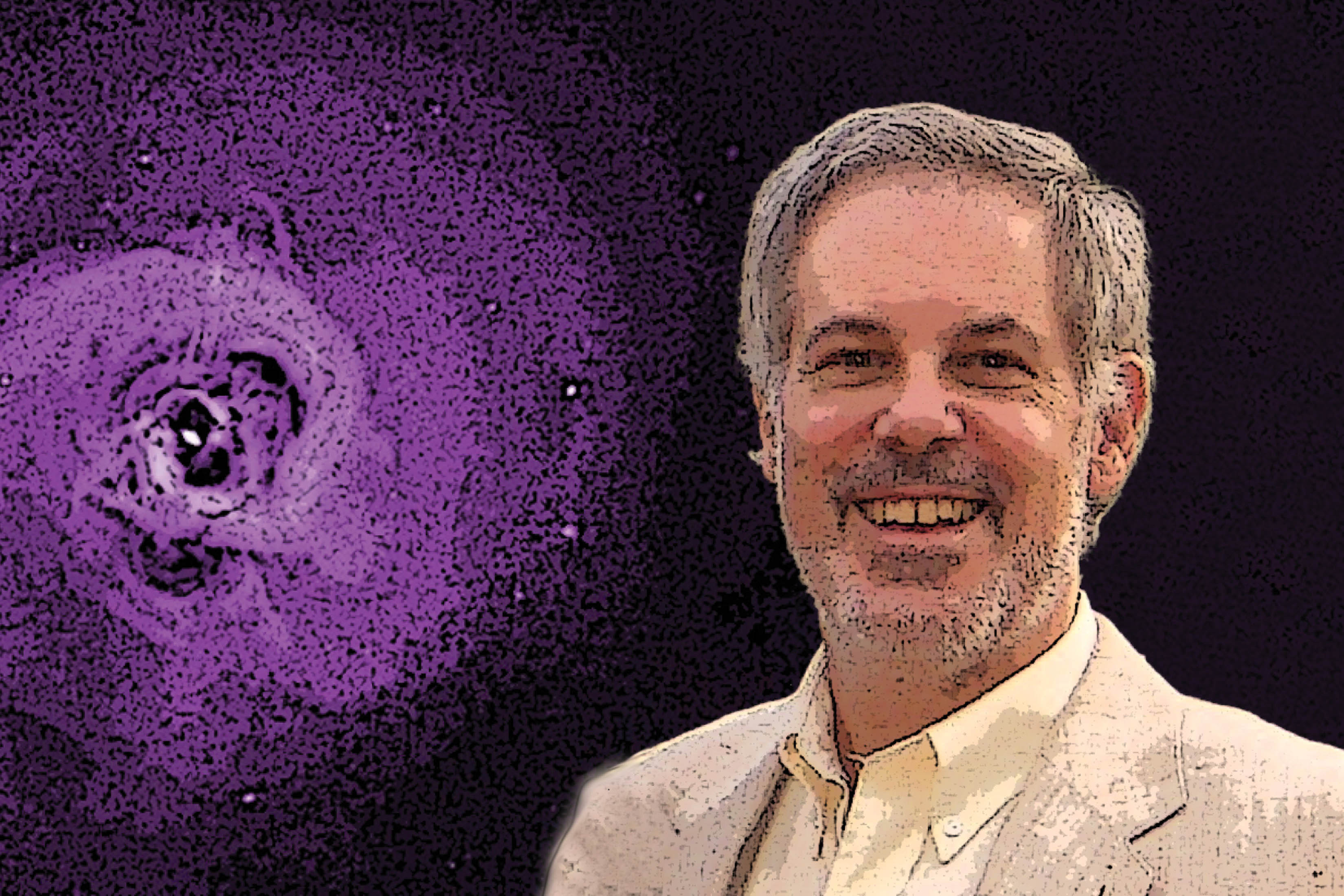For This Astronomer, the Universe Is the Ultimate Adventure
-
-
MIT Technology Review
Filed Under
Recommended

Even a quick conversation with astronomer Richard Mushotzky ’68 is enough to reveal that the time horizon for work in astronomy is long. Not only are researchers in his field working to reveal secrets of the universe that are billions of years old, but their projects often take decades to come to fruition.
It’s beyond the scale of a lifetime—although last year Mushotzky received the Henry Norris Russell Prize for lifetime achievement in research from the American Astronomical Society.
In 30 years at the Goddard Space Flight Center followed by 14 years (so far) as a professor at the University of Maryland, Mushotzky has enjoyed some impressive successes. In the 1980s he co-invented (with Harvey Moseley) the x-ray calorimeter, an instrument expected to considerably advance the field. Operating in the frigid conditions of deep space (0.07 degrees above absolute zero), the device uses temperature changes to detect the x-rays emitted by black holes and other high-energy phenomena.
He also contributed to NASA’s Chandra X-Ray Observatory, which has been shedding light on the evolution of stars, galaxies, and black holes since 1999.
But while he chalked up many big wins, “it wasn’t all a walk in the park,” he says. Notably, over the last 23 years, three x-ray calorimeter missions have failed (one rocket crashed; one had major spacecraft issues; and in 2016, the spacecraft failed—although the calorimeter operated long enough to provide significant data about the Perseus galaxy).
Despite such setbacks, Mushotzky radiates enthusiasm for his field. “One of the wonderful things about high-energy astrophysics is that virtually everything we’ve found has been unanticipated. It literally is discovery,” he says. “It’s like going off into a jungle and finding new animals and plants and a lost civilization. It makes science fiction look boring.”
Mushotzky was a recent MIT physics graduate when researchers found the first evidence of a black hole, in 1971. Captivated by this breakthrough supporting Einstein’s theory of relativity, he went on to earn his PhD in physics from the University of California, San Diego, and began his career at Goddard as a postdoc.
He’s now at work on the X-Ray Imaging and Spectroscopy Mission (XRISM), scheduled to launch this year, and the Advanced X-ray Imaging Satellite, still at the proposal stage. XRISM will employ x-ray calorimetry to further expand human understanding of the universe. “That would be a wonderful capstone to my career,” he says. “Then I can go sit on the rocking chair.”
Are you celebrating a milestone reunion like Richard Mushotzky ’68 is? Learn more about MIT Tech Reunions taking place June 1-4 on MIT's campus.
This article also appears in the May/June 2023 issue of MIT News magazine, published by MIT Technology Review.
Photo illustration: Mary Zyskowski; photo of Perseus Cluster: NASA/CXC/Stanford/I.Zhuravleva, et al.







